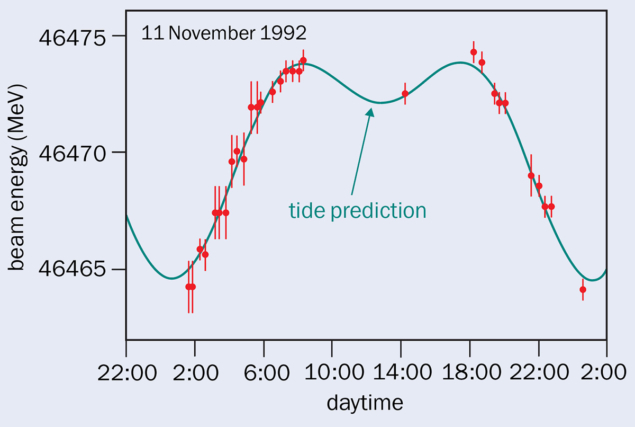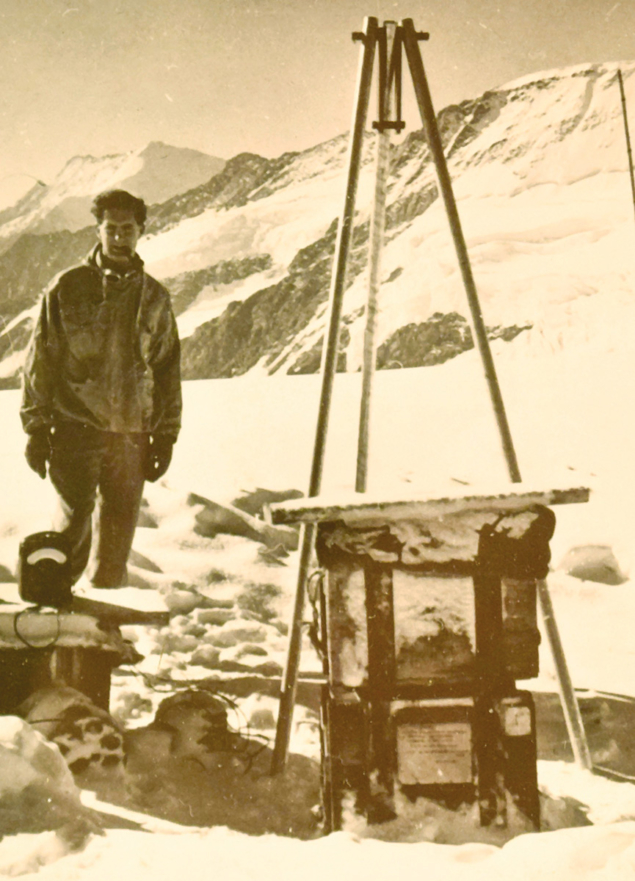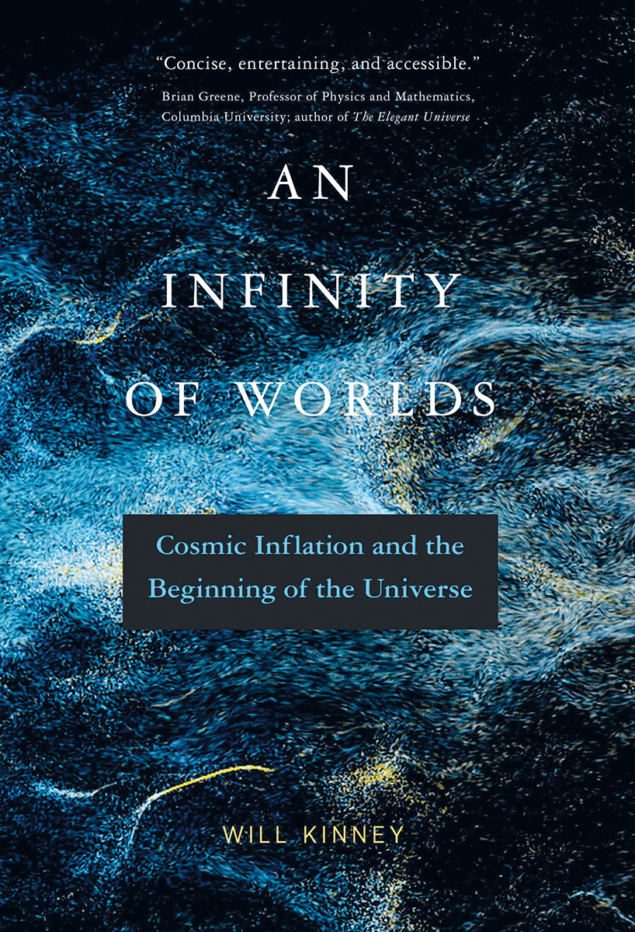The 2022 edition of the yearly workshop “Implications of LHCb measurements and future prospects” from 19 to 21 October at CERN was already the 12th instance in a series of meetings between LHCb and the theory community. The large attendance, with 294 people registered, reflects the excitement of both the experimental and theory community for the physics case of LHCb. In several plenary streams the newest experimental and theoretical developments were presented in mixing and CP violation, flavour changing neutral and charged currents, QCD spectroscopy and exotic hadrons, electroweak physics (now yearly rotating with the stream on fixed target and heavy ion physics) as well as in the newly established stream on model building for flavour physics. The workshop was preceded by “Theory Lectures” about CP violation. This is a new initiative that will henceforth be held yearly in conjunction with the Implications Workshop on various topics of interest.

The conference opened with an overview of the LHCb experiment, where the first milestones of the Upgrade I commissioning were presented. The new fully software trigger scheme of LHCb, with the highest data processing scheme of any LHC experiment, has been successfully implemented for the full LHCb detector.
The hot-off-the-press result on the simultaneous determination of the ratios R(D*)= BR(B→D*τ–ντ)/BR(B→D*μ–νμ) and R(D)= BR(B–→D0τ–ντ)/BR(B–→D0μ–νμ) was shown. This result, which superseded the previous LHCb measurement, is 1.9 σ away from the Standard Model (SM) expectation. Another highlight was the first observation of the decay Λ0b→Λ+cτ–ντ, and its use to test lepton flavour universality using the ratio of the tauonic to muonic decay, R(Λ+c), which is yet in agreement with the SM. The newest precision extractions of the moduli of the Cabibbo-Kobayashi-Maskawa (CKM) matrix elements |Vcb| and |Vub| were discussed, showing that the long-standing puzzle of inclusive versus exclusive measurements keeps being a hot topic with many upcoming developments in the near future.
Within the mixing and CP violation (CPV) stream, a major highlight was the measurement of the time-integrated CP asymmetry in Do→K+K– decays, leading to the first determination of the direct CP asymmetries in both Do→K+K– and Do→π+π– in the latter case constituting the first evidence for CPV in a single charm decay. These results led to exciting discussions about the size of U-spin breaking and possible underlying mechanisms. A new theoretical methodology for the derivation of amplitude U-spin sum rules was presented, making sum rules feasible for any system at any order in the expansion in the symmetry-breaking terms.
Further major results were the determination of the charm mixing parameters
yCP-yKπCP, very large local CP asymmetries seen in B+→h+h’– h’+ (with h,h’=π,K), as well as a new simultaneous determination of the weak phase γ together with charm mixing and decay parameters. On the theory side, it was also presented the completion of the next-to-next-to-leading order (NNLO) QCD calculation of the width difference of Bos mesons, allowing for an improved comparison with the corresponding experimental results.
The versatility of LHCb was showcased by covering rare beauty, kaon and charm decays, along with new tests on lepton-flavor universality violation
The rare decays session again showcased the versatility of LHCb by covering rare beauty, kaon and charm decays, including the most recent results on lepton-flavor universality violation. Recent progress on handling QCD corrections of b→sℓ+ℓ–, which are important for the interpretation of the B anomalies, were presented, and it was shown a new method for the extraction of CKM matrix elements using time-dependent kaon decays. Lots of future opportunities lie in the measurements of rare charmed baryon decays which are very little probed so far.
New exciting results were shown in the spectroscopy stream, where one new pentaquark and three new tetraquark states were presented, showing the leading contribution of LHCb to the discovery of exotics and yet-not-understood states. Progress on QCD predictions along with new data-driven and machine-learning based methods were discussed.
The BSM session gave a great overview of a diverse range of beyond-the-SM models including leptoquarks, Z’ models, axion-like particles (ALPs) as well as models with extra dimensions. Importantly, these models induce correlations between the B anomalies and other anomalies like g-2 or the Cabibbo angle anomaly. Complementary and partially competitive constraints on the viable model space come from direct searches and high-pT observables.
Interesting discussions took place in the electroweak precision-measurements session, where the LHCb W-boson mass measurement was presented, which is in line with the world average and in tension with the recent precise CDF measurement at the 4σ level. This measurement will soon be complemented with the full Run 2 dataset.
The workshop closed with a grand overview given in the keynote talk by Alexander Lenz. The next instance of the Implications Workshop will take place at CERN in October 2023.








